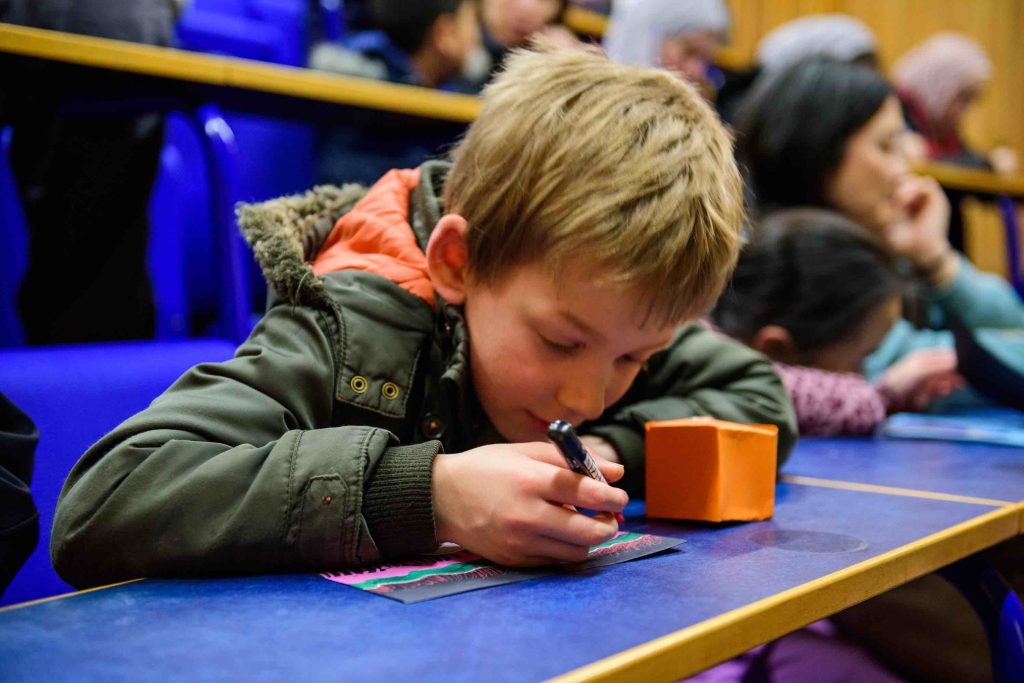The aurora is the peak of natural beauty, it attracts people from all around the globe, as well as this it is a great way to get people interested in science because most can appreciate its magnificence.
The ‘Aurora zoo’ is a citizen science project that aims to do just that, it involves engaging the public with scientific research in an attempt to classify all the different types of aurora. The participant learn all the different shapes and movements of aurora and they apply what they have learned by answering a set of questions about the structure of the aurora by looking at a small subset of moving images taken by the ASK (Aurora Structure and Kinetics) camera in Svalbard (an isolated island in the northern hemisphere with a population mainly consisting of researchers).
Eventually, when enough data has been classified by the public on the Aurora Zoo website then machine learning can be applied so that the machine can identify different types of aurora without on it’s own. Aurora zoo is a great way to get the public engaged in research through citizen science because it gets people excited about science by involving them.
Citizen science is also very important to the scientific community because it allows them to classify data that would take a lot longer if the scientists were trying to do it all by themselves. The members of the public taking part have also ended up on scientific papers because they have found new types of aurora that had not been previously classified e.g. Fragmented aurora.
The University of Southampton use the Aurora Zoo activity as part of a new workshop called Aurora Art to promote Physics to children. The workshop is specifically targeted at Year 5s who study ‘Space’ as part of the curriculum but in March 2024 the Aurora Art workshop was piloted at our large Family event for Science week, Southampton Science and Engineering Festival (SOTSEF).
Images of a young people making art work in one of the first Aurora Art workshops at SOTSEF:

Impact of the Aurora Art at SOTSEF
Based on these statistics shown below you can see what the students took away from the experience: when asked ‘What is one thing that you have learned today?’ 28.8 % of participants made a comment relating to the colours of the aurora, for example the colours they can be or ordering of the colours. 9.6 % of people gave statements relating to the shapes or types of the aurora. 25 % of the participants gave an answer falling under the other category such as the migration of polar bears, that the northern lights are the aurora or giving a general comment of the workshop e.g. I enjoyed it a lot. Overall it appears that all participants enjoyed the workshop and learned a range of facts relating to the aurora.
Pie Chart showing Learning from Aurora Art workshop

The majority of the people who attended the workshops at SOTSEF were 11 years old.
Bar chart showing the different age groups who attended the workshop

Bar chart of the students enjoyment

When asked ‘How much did you enjoy todays event’ ‘Aurora Art’? out of 5 where 1 was strongly didn’t enjoy and 5 was strongly enjoyed. Out of the 52 completed evaluations, 12 people did not give an answer. Of the people who answered 85 % of people gave the workshop 5 out 5 indicating the workshop was well received across the audience and was enjoyed. The remaining 15 % of people who completed evaluations gave the workshop 4 out of 5 stars. No evaluations gave a score lower than 4.

